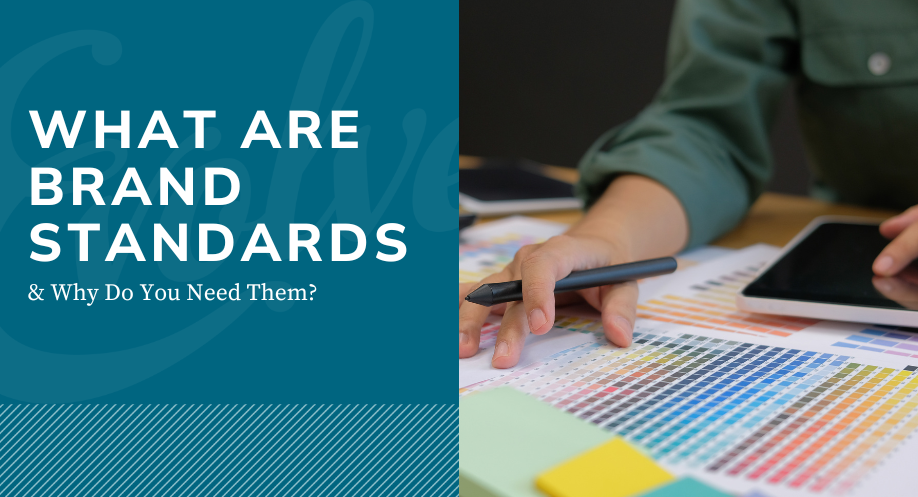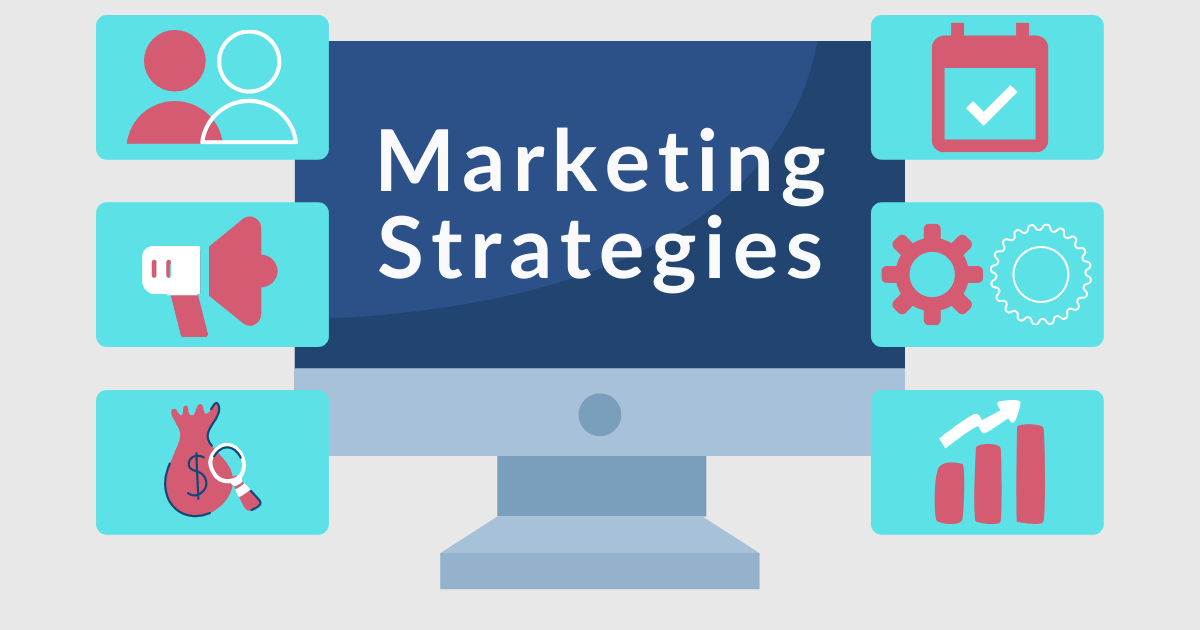How Brand Standards Build Your Business
Think about your favorite store. Can you easily picture their logo, identify their marketing, and recite their company tagline or a campaign slogan? In all likelihood, you’ve accurately identified images, words, and colors associated with the brand.
We all strive for brand recognition at this scale, but it doesn’t happen without conscious effort. Brands reach this level of success when they establish a strong foundation, adhering to a defined set of rules that ensure everything created for the brand is the brand.
Browse Ahead…
What are Brand Standards? (i.e., What is a Brand Guide?)
A Brand Standards Guide, or Brand Style Guide, defines the fundamental rules for how your brand should be expressed and applied. This rulebook is designed to reinforce your identity’s personality and appearance, making the overall look and feel distinct to your brand.
Outlining your brand standards ensures that everything produced for your brand is cohesive. For example,
- Color Palette (Digital and Print)
- Typography & Font Usage
- Logo Usage Guidelines
- Imagery
- Iconography
- Color Usage/Combinations
- Logo Variations
- Graphic Examples
- Print Guidelines
- Design Templates
This consistency makes it easy for clients and partners to recognize your brand and simple for team members and representatives to create company content without deviating from your standards.
Why Does My Business Need a Brand Guide?
It ensures consistent, cohesive, accurate representation of your brand in all instances
This applies to anyone interacting with the brand, including employees, vendors, and partners.
Brand Consistency, Clarity, & Cohesion
The more intimately you know your brand, the easier it is to define it. Brand Guides ensure your vision is accurately recorded for others to execute in a distinct, recognizable, and relatable means that speaks to your audience.
Empower Your Brand & Your Vendors
A strong brand guide leaves no question about what aligns with your brand and what does not. It’s an excellent tool for graphic designers, website designers and developers, marketing and media partners, etc., to lean on while still allowing creativity and interpretation.
Show Credibility & Consistency
If you have a website that shows strong personality, clear navigation and direction, and consistently works for them, they are more likely to continue interacting with it. With consistent branding, your company becomes easily recognizable, regardless of who creates or communicates on your behalf. It brings clarity and cohesion to your brand, avoiding confusion and mixed messaging.
Humanize Your Business
A well-defined brand exudes a distinct personality – in voice, appearance, and behavior – giving it a unique identity that resonates with your audience. Definable characteristics and core values help your audience identify with your brand, creating emotional ties and differentiating you from the competition.
What’s Included in a Brand Standards Guide?
Brand Guides can range from one-page mood boards to entire books. The key is to keep your guidelines concise enough to be followed easily, yet defined enough to ensure proper representation.
-
- Brand Identity Standards
- Logo Usage Guidelines
- Color Palette with Digital, Web & Print Values
- Typography (Fonts & Typefaces)
- Imagery, Iconography & Illustration
- Brand Identity Standards
- Brand Voice Guidelines
-
- Voice & Tone
How to Create Brand Standards
Brand consistency is the key to success when branding or marketing your business, regardless of the industry, size, or audience. Start by defining the overall look and feel of your brand and creating the fundamental rules for how it should be applied. Make sure these guidelines reinforce your identity’s distinct personality and appearance without limiting creativity.
It should be concise but inclusive, covering all of the core elements you expect to remain a staple of your brand.
- Logo Usage Guidelines
- Proper usage
- File types
- sizing & spacing
- Variations
- incorrect usage
- Color Palette with Values
- Primary colors with CMYK, RGB, Hex #, and tint %
- Secondary colors with CMYK, RGB, Hex #, and tint %
- Typography & Hierarchy
- Logo Typeface (size, weight, spacing, capitalization)
- Headlines (size, weight, spacing, capitalization)
- Body Text (size, weight, spacing, capitalization)
- Voice & Tone
- Imagery, Iconography & Illustration
- Visual Identity Elements: Stationery system or digital asset library, photo or image guide, iconography, illustrations, & graphics.
Applying Brand Standards As B2B Service Providers
As B2B service providers, applying brand standards is essential for maintaining the integrity and coherence of your brand identity in interactions with other businesses. By adhering to established brand guidelines, you ensure that every communication and interaction reflects your brand’s values and message consistently. This consistency not only fosters trust and reliability but also reinforces your brand’s professionalism and credibility in the eyes of B2B partners. It demonstrates a commitment to quality and reliability, which are crucial factors in establishing and nurturing long-term B2B relationships. Furthermore, clear and consistent brand standards facilitate smoother collaborations and partnerships by providing a framework that aligns expectations and enhances mutual understanding. Thus, investing in and implementing robust brand standards as B2B service providers not only strengthens your brand’s presence but also fosters stronger, more fruitful business relationships.
Ready To Refresh?
From initial discovery to finalizing the brand guidelines, our team works alongside our clients as they discover their brand on a deeper level. After completing this step in shaping your brand, consider what essential assets, collateral, and marketing strategies you may need to support your new brand. We’re here to assist you in this crucial next phase.









